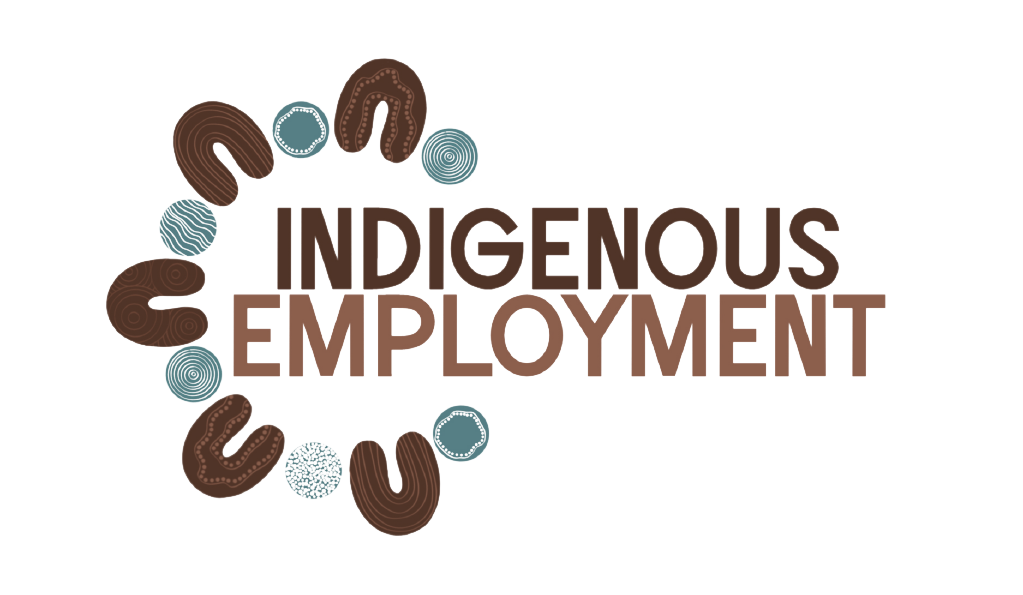
A resume is more than a job list – it’s a chance to show who you are, where you’ve come from, and what matters to you. Many of our people have done amazing work in the community that never gets added to the page. Let’s fix that.
Step 1: Start with a strong summary
Open with a short paragraph – 3-4 lines – about who you are, your mob, your values, and your goals.
Example: “Proud Kamilaroi man with 8+ years working in community programs, supporting young people and Elders. Committed to using cultural knowledge and teamwork to build better outcomes.”
Step 2: Include community experience
Volunteering, organising events, supporting family, running youth groups – these all count. List them with dates, your role, and outcomes. Show how it taught you leadership, planning, or care.
Step 3: Use action words
Instead of “helped with events,” say: “Organised NAIDOC community day for 300+ attendees, coordinating 12 volunteers and cultural performers.”
Step 4: Don’t leave out training or short courses
Even if you’ve done a half-day workshop or online TAFE course – list it. Lifelong learning is a strength.
Step 5: Ask someone to read it
Before sending it out, have someone look over it for spelling, grammar, or even to remind you of work you forgot to include.
Conclusion:
You’ve done more than you realise – your resume just needs to reflect that. Be proud. Be clear. And bring your story forward.
